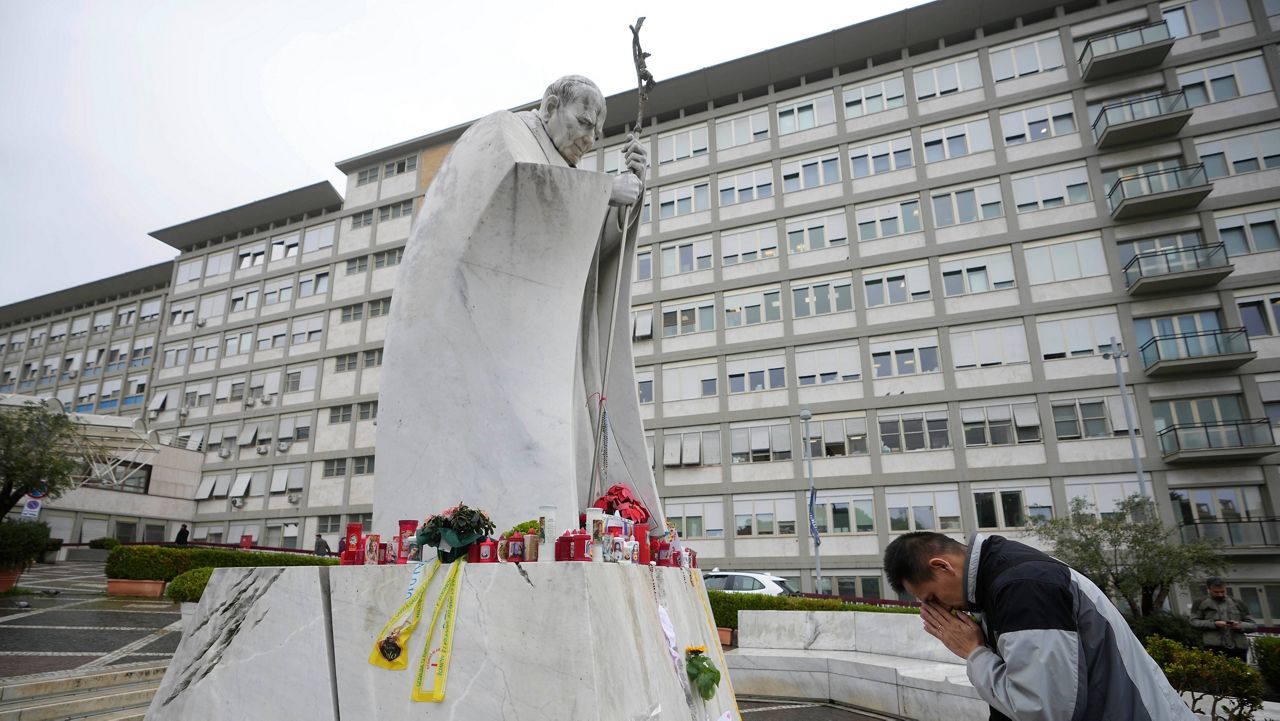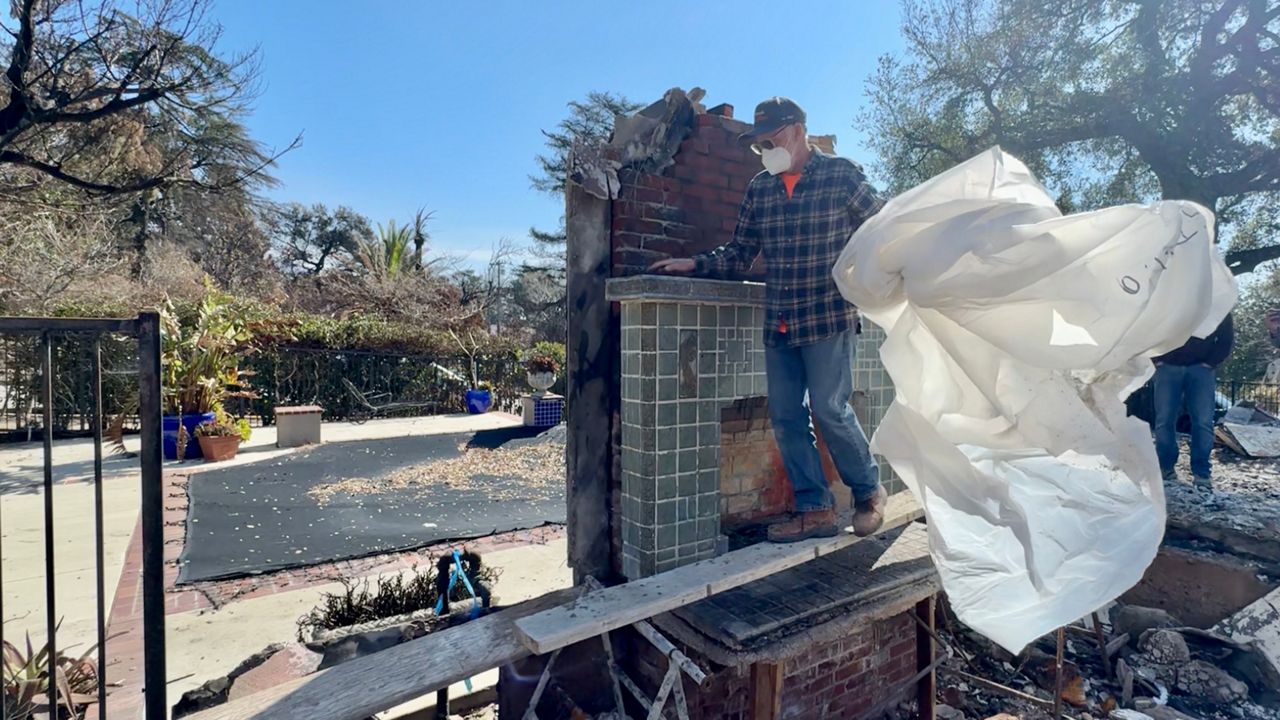SAN DIEGO — It takes constant training for firefighters to respond to dangerous situations, which is why the San Diego Fire-Rescue Department often runs simulations.
Kyle O’Neill said firefighters are also battling an unseen danger. He’s the cancer and health coordinator for the San Diego Fire-Rescue Department, and is training the next generation of firefighters on how they can minimize their risk of getting cancer.
O’Neill has been a firefighter for more than 20 years and was diagnosed with testicular cancer in 2016.
“It’s an experience I wouldn’t wish on anybody. It was really difficult,” O’Neill said. “Probably the worst part of it all was the lost time with my family. Like, time I will never get back because I was really sick. I was in treatment.”
According to the International Fire Fighters Association, occupational cancer is the leading cause of line-of-duty deaths in the fire service, likely a result of chemical exposure. O’Neill said all fires have hundreds of toxic chemicals in them, including some known carcinogens. He has been a part of establishing new protocols focusing on clean air, bodies and gear.
San Diego’s fire stations are being equipped with commercial-grade washing machines that can better clean dirty turnouts. Fire stations have equipment that vent diesel exhaust from firetrucks out of the buildings. Special wipes kept on engines allow firefighters in the field to clean their heads, necks, throats, underarms and hands before they get back to the station to shower. They also have special kits in each engine that allow every firefighter to be scrubbed with disinfectant and hosed down. O’Neill said this part of their training is just as important as knowing what to do when running into a burning building.
“It’s similar to a car wash,” O’Neill said. “You get rinsed, you get scrubbed, and you get rinsed. But that eliminates 85% of the visible contamination from the gear. And that’s the first step in the reduction of the exposure process.”
Piper Denlinger is a retired fire captain who was diagnosed with breast cancer while serving. She got the call from her doctor while riding in her fire engine with her crew in 2010.
“I’m like, ‘Oh this is it, I have cancer,’” Denlinger said. “I remember walking out that morning and hugging the fire engine, which is really silly, but I hugged the fire engine because I was afraid I was not going to see my fire engine again.”
Denlinger said she saw many others get similar diagnoses over her career, but she has seen a shift in how firefighters behave when it comes to their dirty and dangerous gear. At many fire departments around the country, chiefs are now encouraging firefighters to take steps to better protect themselves from dangerous fumes, smoke and soot.
“There’s a lot less of that bravado of wearing dirty gear and wearing that dirty, disgusting helmet,” she said. “I have to say, I was probably one of the very few firefighters that ever washed their helmet and I did that before because I couldn’t stand the smell, because after a car fire everything smells kind of disgusting.”
Denlinger beat her cancer and was able to come back for a wonderful career until she recently retired; she now has plans to hike the Pacific Crest Trail. She believes the work O’Neill and others like him are doing will save countless lives.
“Thankfully, we’re starting a whole new culture,” Denlinger said. “It takes some time, but they’re doing it automatically. And so the next generation after them, they’re going to start to do something else automatically and that’s going to cause a decrease in cancer, absolutely. We’re doing the right thing.”
Today, O’Neill is cancer-free and said he’ll use his experience to help protect firefighters in the future.
“Recognizing that we have a threat against us,” he said. “Every day we show up to work we have a potential to be exposed to carcinogens, and we have to do our part to lessen that opportunity for exposure. I’m really fortunate to be a survivor.”
Each fire station in San Diego County also has a “clean zone” where no dirty gear is allowed. They also store all their gear in a separate locker, instead of right by their bed like they used to in years past.
January is Fire Fighter Cancer Awareness Month.









